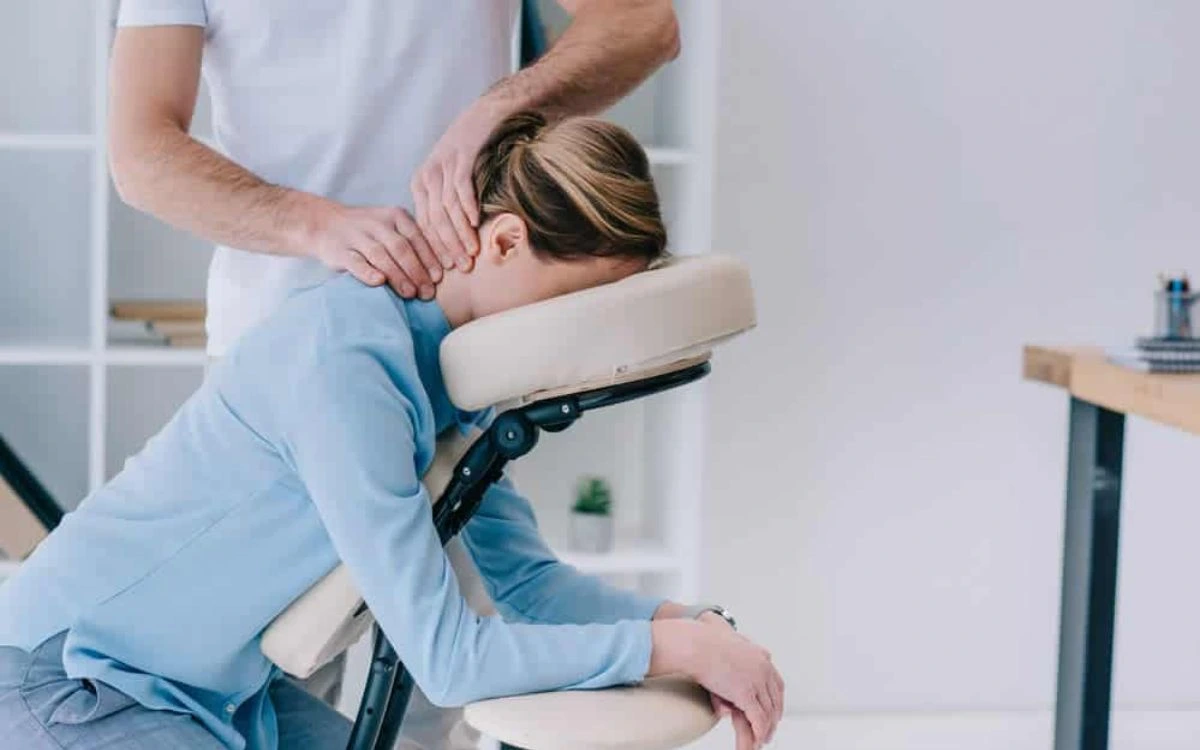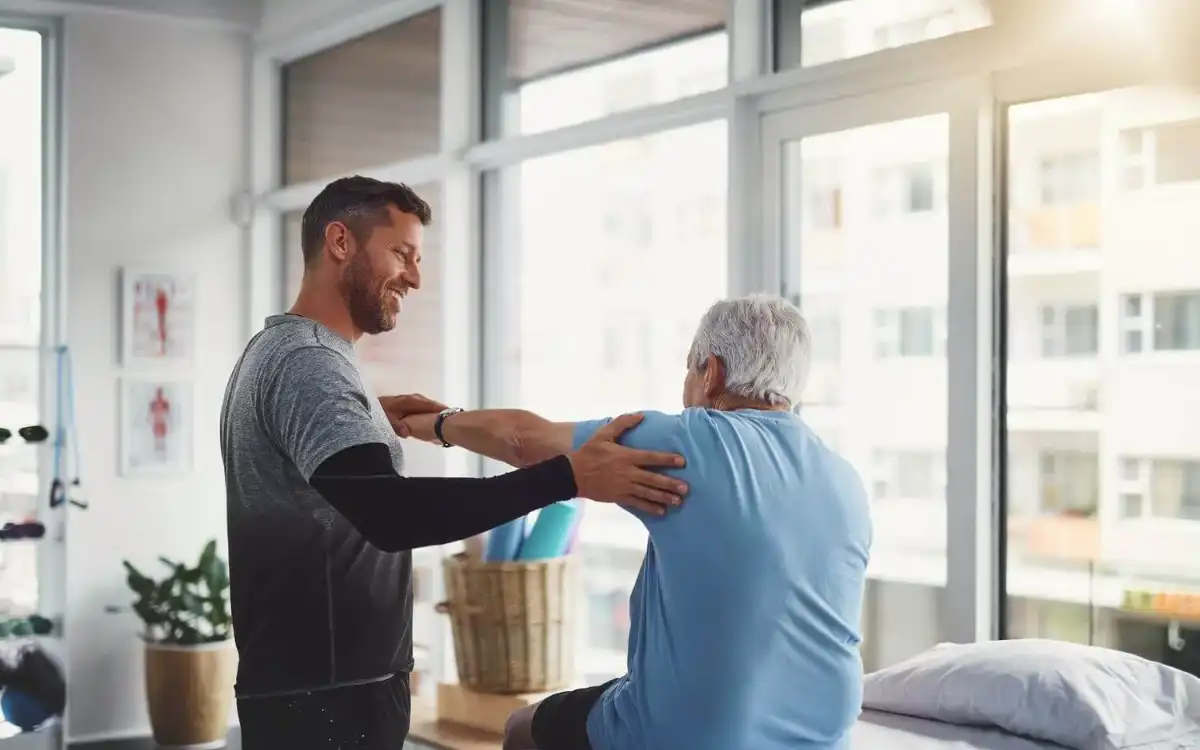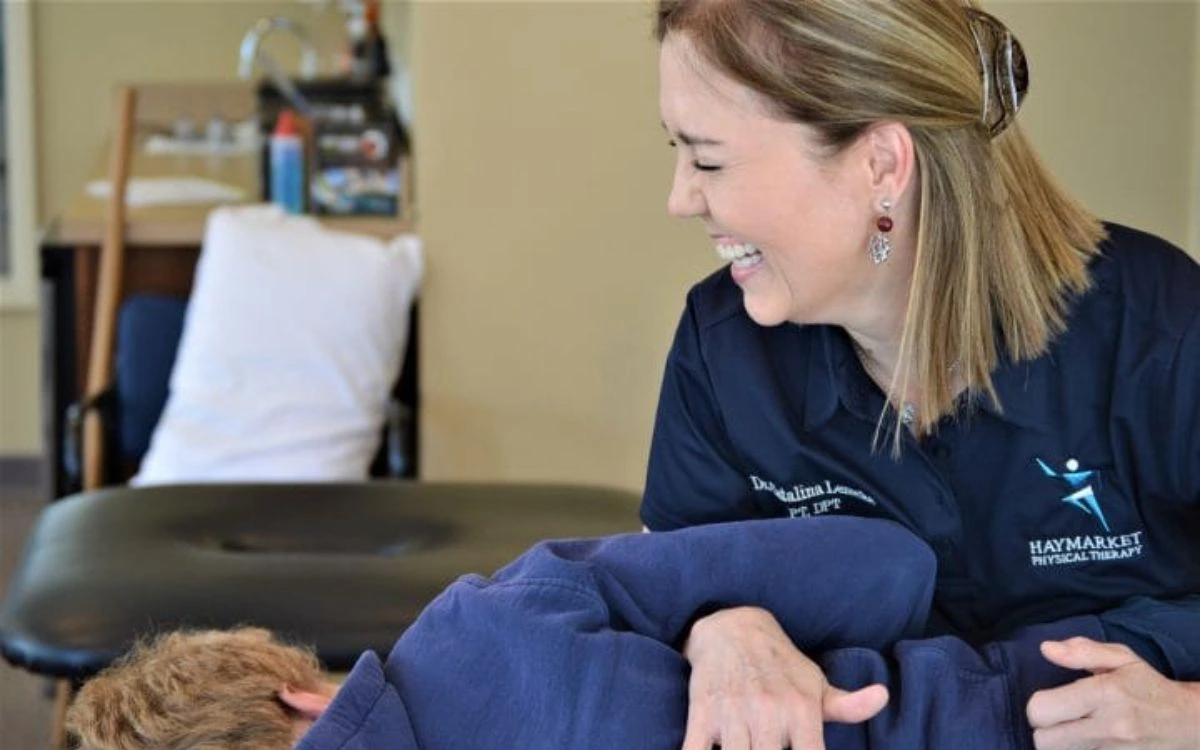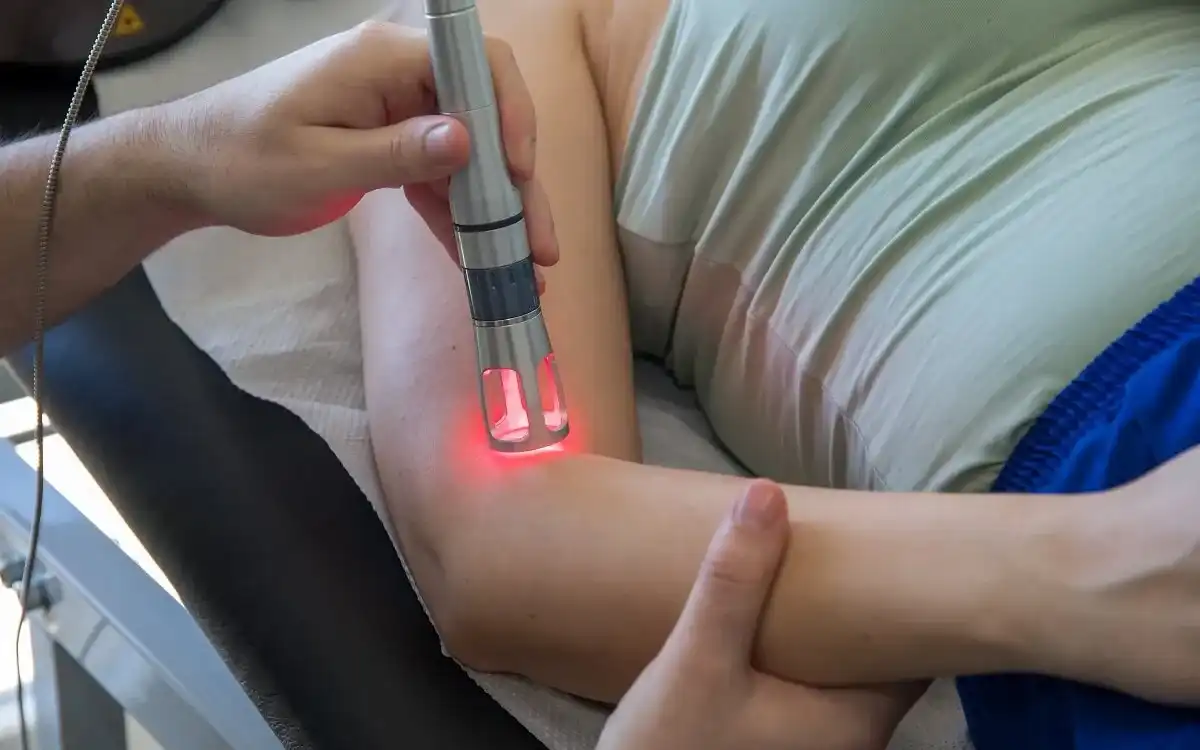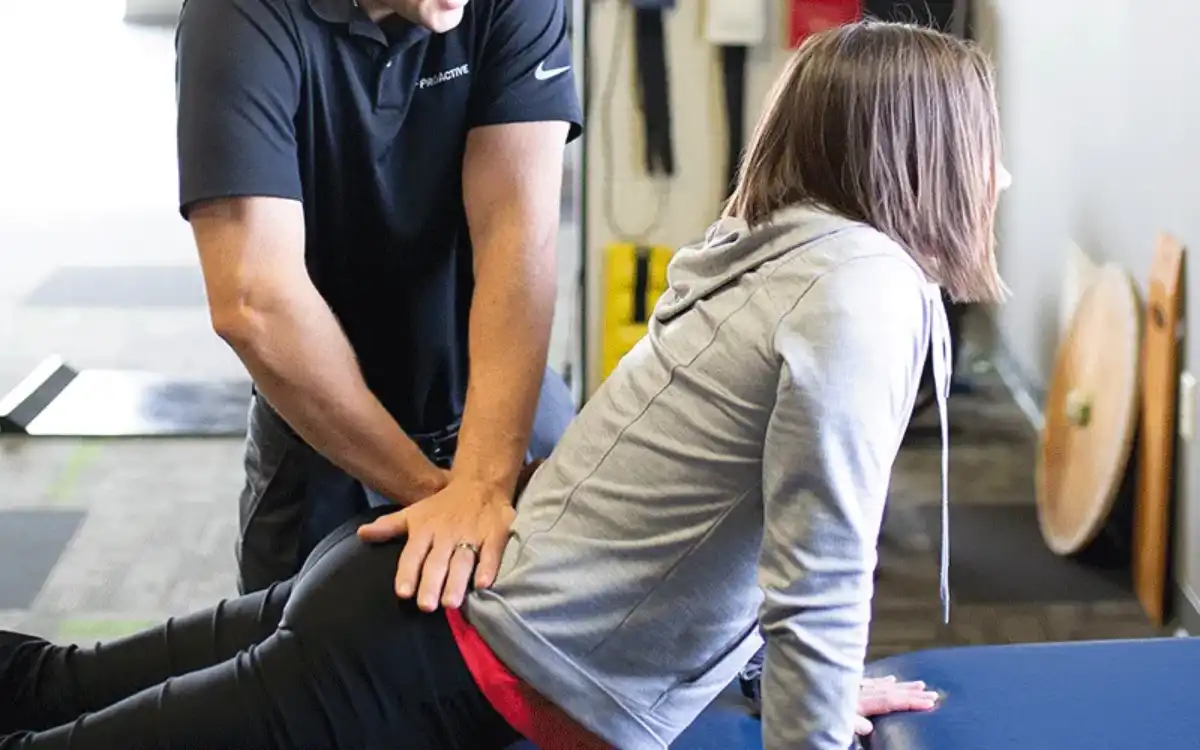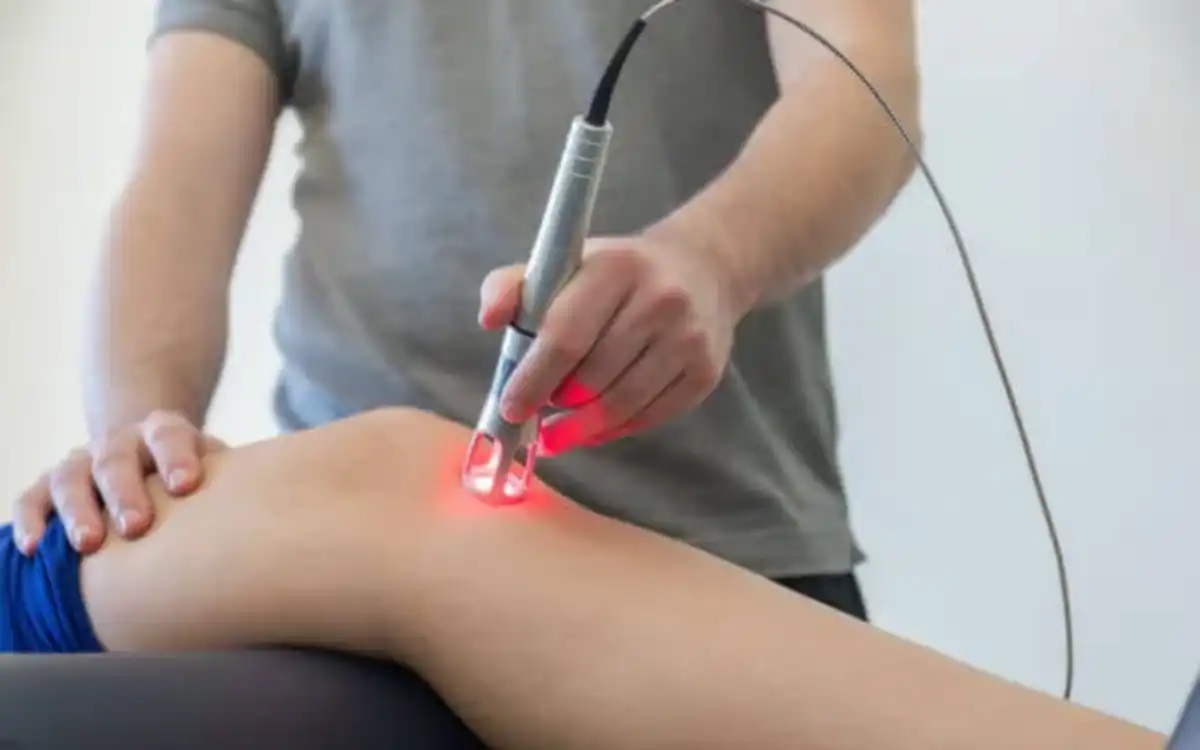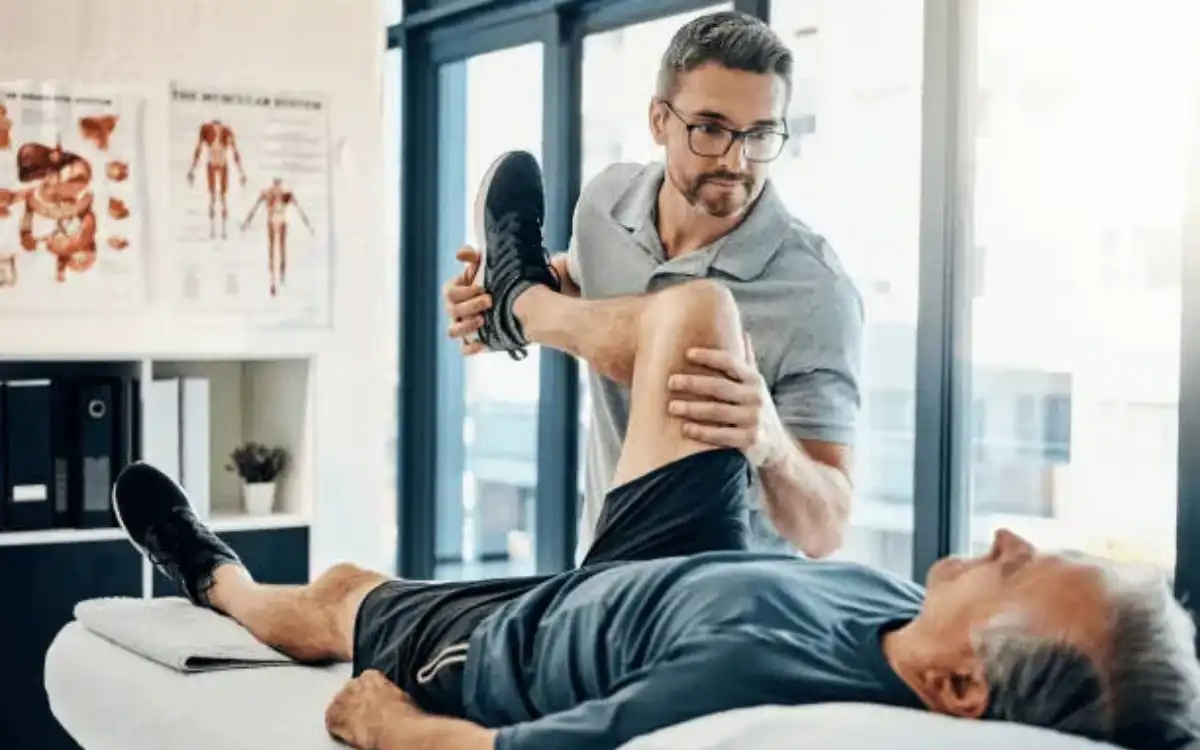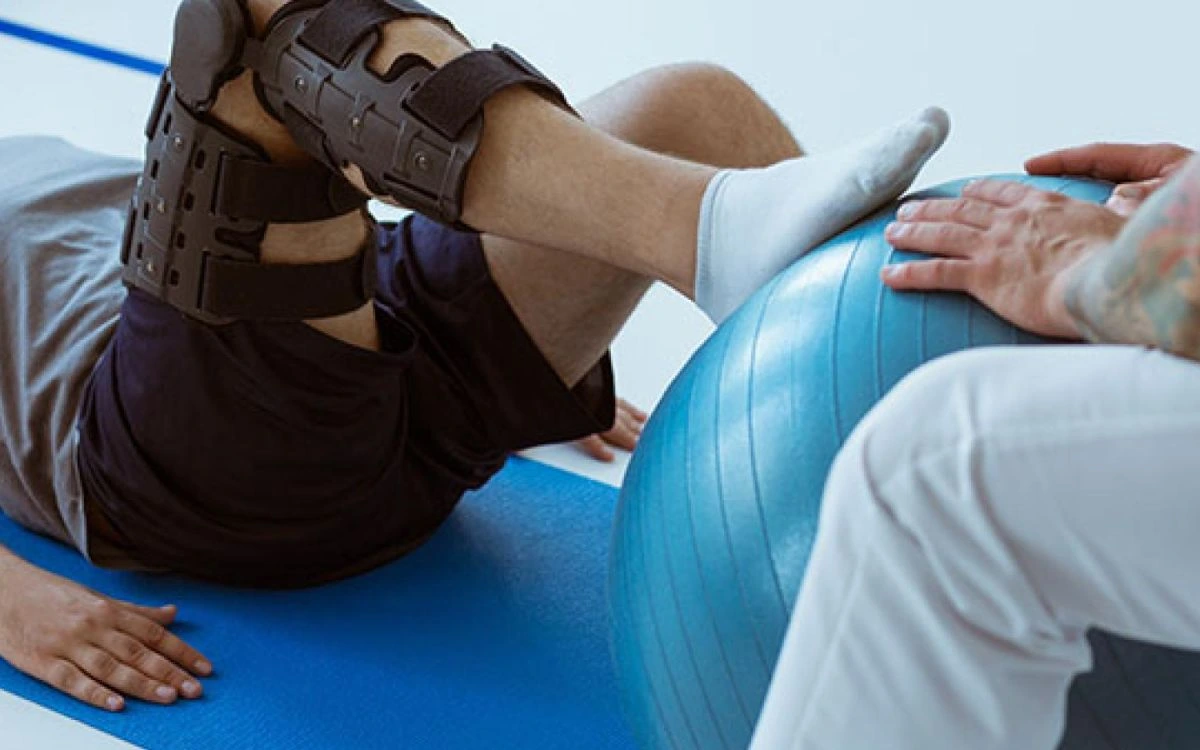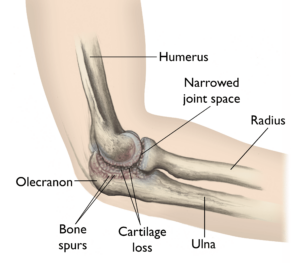OVERVIEW
Tennis Elbow (Lateral Epicondylalgia)
Epicondylalgia, which means pain at the epicondyle (or lateral) is a condition that affects the outer side of the elbow. Tennis elbow is the common name for lateral epidylalgia. However, only 5% of those affected by this condition play tennis.
One or more reasons for pain at the elbow could be due to the forearm tendon that attaches at the outer side of the elbow. It could also be referred pain from another. Or it could originate from the radial neuro that is located close to the elbow joint.
This is often caused by repetitive arm use, especially when the fist is clenched. Most cases are not caused by tennis.
It is common to feel local tenderness or pain, as well as passive and resisted extension of the wrists.
Most cases can be relieved by activity modification, anti-inflammatory medication, ice, progressive stretching, and strengthening. Recalcitrant cases only have the option of surgery.
TREATMENT
Possible Treatments
GOALS
Possible Treatment Goals
- Reduce the chance of reoccurrence
- Increase your fitness
- Enhance Function
- Increase Muscle Strength and Performance
- Increase oxygen to tissues
- Increase range of motion
- Increase Relaxation
- Self-care for Symptoms
- Increase tolerance for prolonged activities

